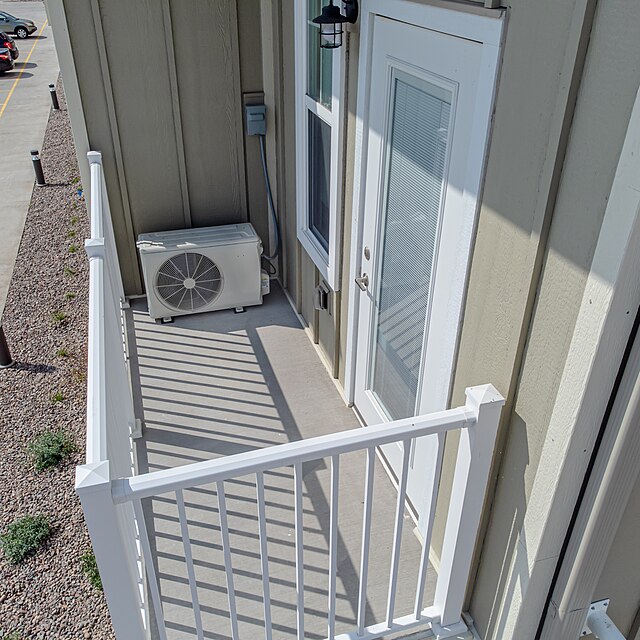China's Shanghai Jiao Tong University researchers have proposed four heat pump-assisted approaches to address four underlying challenges in the energy transition to the carbon-neutral era. Namely, those challenges are achieving heat electrification, utilizing decommissioned thermal power plants, meeting the demand for large-scale heat storage, and increasing the share of carbon capture.
“The importance and prevalence of heat pumps lie in that heat pumps can not only participate in the regulation of thermal energy between the supply and demand sides, aimed at the heating/cooling supply that accounts for 50% of the energy consumption for users but also address the bottleneck problem of energy consumption in carbon capture to tackle the last ‘10%' carbon emissions,” they said.
Heat electrification
As for the first of the listed challenges, the scientists said heat pumps are endowed with substantial potential for electricity utilization. According to their estimates, the requirements of building heating of up to 80 C and industrial heating below 150 C can be satisfied with a heat pump.
“It means that 100% of building heating and 50% industrial heating will be addressed,” they emphasized. “If the penetration rate reaches 90%, a total 20% CO2 reduction could be achieved by heat pumps.”
Their higher initial costs, the researchers say, are affecting decision-makers for now – but this will change with breakthroughs in technologies and a more comprehensive usage scenario in the energy transition.
Decommissioned plants
Regarding the challenge of utilizing decommissioned thermal power plants, the researchers propose transforming them into transit stations, storing energy in different forms. They suggest that 20% of the renewable energy will be held in electric batteries or high-temperature heat storage based on the Carnot battery concept, then transferred to the consumer via the grid. Another 30% chunk of the energy will be used to produce hydrogen and methane, which will then be stored and moved to the clients via pipeline.
The final 50% share will be utilized with heat pumps, working with a reverse cycle to store and then supply people with cooling and heating.
Popular content
“The appropriate positioning of decommissioned thermal power plants in the future energy system will minimize equipment investment and, more importantly, mitigate the perceived threat of unemployment that undermines the political support for the energy transition,” the research group said.
Heat storage
As for large-scale heat storage, the scientists believe that a large part of the future capacity may be provided by heat pumps. That entails positioning one heat pump between the supply side and the storage facility and another one between the storage facility and the demand side.
“From the supply side to the heat storage side, thermal energy stored can be multiplied by heat pumps,” they further explained. “Taking the air source heat pump as an example, 1 kWh of electric energy can be utilized to generate threefold to sixfold thermal energy when deriving 2-5 kWh of free thermal energy from the environment. From the heat storage side to the demand side, if it is connected to the users with heat pumps as an intermediate system, the grade of thermal energy can be regulated according to the user's needs.”
Carbon capture
The final issue tackled by the scientific group is the hard-to-abate emissions that occur in industrial production and transportation. They say that in China, it will account for 20%, and while it is estimated that half could be captured by natural forests, the rest should be handled by carbon capture. Also for that, the research paper proposes a heat pump for help.
“Heat consumption for regeneration is estimated to account for 80% of the total direct air capture energy consumption,” they noted. “Therefore, carbon capture driven by natural or waste heat source heat pumps is prone to apply for urban carbon reduction. For example, the evaporator of the heat pump not only absorbs industrial waste heat but also couples with the adsorption tower and condenser in the DAC system, and the condenser of the heat pump can release heat to the desorption tower.”
The four approaches were presented in the study “Heat pump assists in energy transition: Challenges and approaches,” published in DeCarbon. “Challenges and opportunities coexist with each other, and it's time to go further,” the scientists concluded.
This content is protected by copyright and may not be reused. If you want to cooperate with us and would like to reuse some of our content, please contact: editors@pv-magazine.com.


Certainly NOT the one in the pic. Codes are there for a reason — those coils are way too close to the building to allow for proper air circulation on the outside unit. 🙄🤦♂️